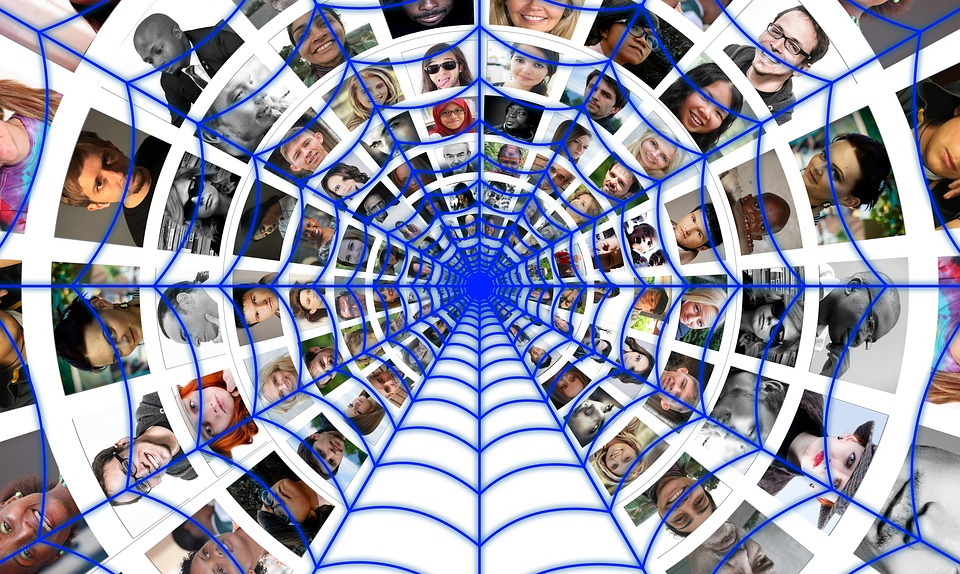 “The Sadder the Story, The Bigger the Check: Reciprocity as an Answer to Organizational Deficit Models” by Kathryn Johnson Gindlesparger caught my attention last year. This terrific article, published in The Community Literacy Journal in 2010-2011, contains some valuable ideas for using reciprocity in ethical storytelling.
“The Sadder the Story, The Bigger the Check: Reciprocity as an Answer to Organizational Deficit Models” by Kathryn Johnson Gindlesparger caught my attention last year. This terrific article, published in The Community Literacy Journal in 2010-2011, contains some valuable ideas for using reciprocity in ethical storytelling.
Storytelling ethics are a big topic in literacy organizations, where clients are learn to express themselves and connect through language (something many of us take for granted). Literacy organizations are very aware of the types of societal oppressions (sexism, racism, homophobia, classism) that their clients grapple with on a daily basis.
The author describes a typical non-profit fundraising event: powdered eggs plus speeches that are intended to make the attendees feel like community heroes for rescuing the less fortunate. These events convey the message that hardships are caused by bad luck and/or poor life choices (rather than being rooted in broader inequalities between groups of people). It is rare to meet actual non-profit clients in such spaces, except when they have been comped a $30-1500/seat in exchange for giving the audience and/or the organization credit for their successes. For socially conscious people, this approach to change has become stale, to say the least.
Gindlesparger directly opposes this kind of voyeurism, and challenges non-profit organizations to stop emphasizing the differences between the elite and the downtrodden (the outdated idea that “You can help these people because they are different from you” – p. 91). She promotes the use of reciprocity strategies (like mutual storytelling) to acknowledge the strengths and contributions of non-profit clients, allow for complex identities, and bring to light commonalities between people. Reciprocity strategies in storytelling are about acknowledging our power, our privilege, and our differences without reinforcing inequalities.
If you’ve spent any time on social media recently, you’ve probably seen social experiments urging the public to reconsider how we categorize each other based on one piece of information, such as this one from Denmark. There are plenty of critiques of these simplified messages and what’s being left unsaid (the latest being Heineken’s new “Worlds Apart” commercial, which has generated some insightful backlash). Personally, I think there is some value in how these pieces generate conversations, as long as we’re willing to keep talking, listening to the critiques, and going beyond the superficial “feel good” messages.
I have recently participated in two activities that used reciprocity to engage potential supporters in non-profit work. The first was a discussion circle using the Granny and Grampa Connections Box, a wonderful resource designed by Indigenous communities and Success By 6. I have been part of circles using this resource before, but this most recent gathering was one of the most connected and most heartfelt conversations I’ve had regarding truth and reconciliation, and what non-Indigenous social workers can do that might really create positive changes for Indigenous youth and families today.
The second experience was a tour hosted by young clients/members of a residential facility. We found ourselves in their kitchen, eating and sharing our stories with each other – the kind of stories we might not share with just anyone. In this second gathering, we had the opportunity to ask the youth residents what they think social workers can do to make things better for young people who deal with homelessness, and they gave us a broad range of ideas from their own perspectives and experiences.
In both of these storytelling experiences, it was clear to me that I was a guest many times over – on the unceded Indigenous territory, in someone’s home, and in someone’s story. It wasn’t just about their stories, but about how all of our stories fit together. What I felt in these conversations was an awareness opening within me that the privileges and opportunities in my life came about from more than hard work and good luck, and because I received opportunities, others were deprived. Our stories are our own, and yet they are linked together in ways we often do not understand. I could perceive how much I don’t know about the stories of the people around me. I better understood that all of our stories unfold over time, and through generations. I also became more aware of the stories I keep hidden, the ones that feel too shameful or painful to share.
In these scenarios, it was valuable was that there was no script, no agenda, no overt fundraising target, no license to judge someone else’s story as worthy of my caring. They were just safer spaces to connect, learn from each other, and delve into complex and painful topics (and own our parts in them) so that we can work on tough stuff together. When the gatherings were over – it was not the end. There was a motivation to stay connected, and to give in a variety of ways. I think that reciprocity can be a powerful tool for organizations wanting to engage people in their work, but we have to be willing to have multi-directional conversations about issues and solutions.
If you would like to read Gindlesparger’s article, but cannot access the full text online, please contact me and I will help you to obtain a copy. There’s a lot of good stuff in there. Let’s keep the conversations going.
